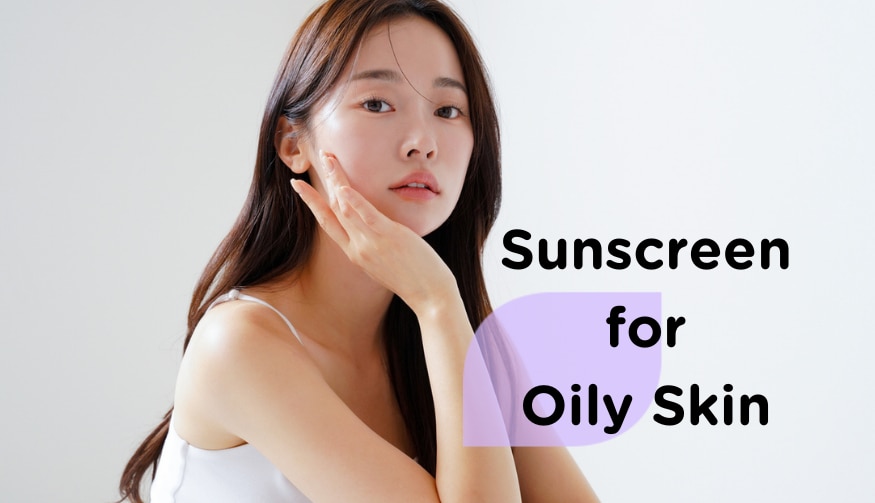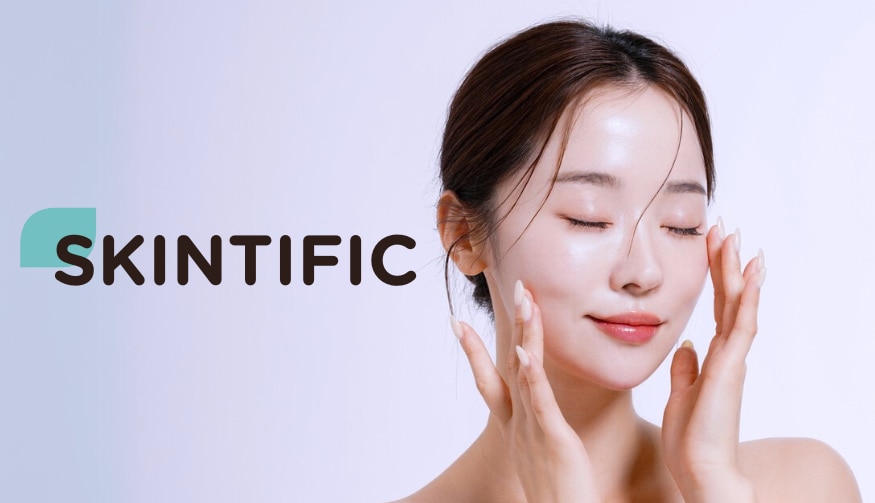A new suncare trend is taking over: sunscreen sticks. These solid, twist-up formulas are quickly becoming a staple in many beauty routines, and for good reason. Not only are they incredibly convenient for on-the-go application, but they also offer effective sun protection in a travel-friendly package. Let’s explore the benefits, downsides, and proper application of sunscreen sticks to determine if they deserve a spot in your skincare arsenal.
Do sunscreen sticks really protect your skin?

The short answer is yes—when used correctly. Sunscreen sticks are formulated with the same active ingredients as lotions, sprays, and gels, making them just as effective when applied correctly. They often contain physical blockers like zinc oxide or titanium dioxide, or chemical filters such as avobenzone, ensuring broad-spectrum protection against UVA and UVB rays.
However, the key lies in how much and how evenly you apply. Unlike lotions, where coverage is easy to gauge, these solid formulas can leave gaps if not applied thoroughly. To ensure your skin is fully protected, you’ll need to swipe the stick generously across your face and body, overlapping areas and blending as needed.
The benefits of sunscreen sticks
Sunscreen sticks are a game-changer for anyone who values convenience and portability.

- Mess-free application
Say goodbye to greasy hands and spilled lotion. The stick formulas glide directly onto the skin, making them ideal for quick touch-ups without the mess. This is especially handy for avoiding sticky fingers when you’re out and about.
- Travel-friendly
Compact and solid, sunscreen sticks won’t leak in your bag or get confiscated at airport security. They’re the perfect companion for sunny vacations or everyday commutes.
- Precise application
The stick format allows for targeted application, making it easy to protect delicate areas like the nose, lips, and under-eye region. This precision is particularly helpful for kids or anyone with sensitive skin.
- Sweat- and water-resistant
Many sun sticks are formulated to stay put even during sweaty workouts or dips in the pool. While no sunscreen is entirely waterproof, a water-resistant stick can provide excellent longevity.
The downsides of sunscreen sticks
Despite their many perks, sunscreen sticks aren’t without flaws:
- Risk of uneven coverage
The small surface area of a stick makes it easy to miss spots, which can leave your skin vulnerable to sun damage. It’s crucial to swipe generously and blend for uniform protection.
- Not ideal for full-body coverage
While great for touch-ups or small areas, sunscreen sticks can be time-consuming to use on larger areas like your legs or back.
Getting application right
To ensure adequate protection, swipe the stick across your skin at least 2-3 times in each area, then blend with your fingers to ensure even coverage. For facial application, you should see a visible layer before rubbing it in.
By incorporating a sun stick into your routine and using it correctly, you can keep your skin protected no matter where life takes you. So, toss one in your bag—you won’t regret it.








